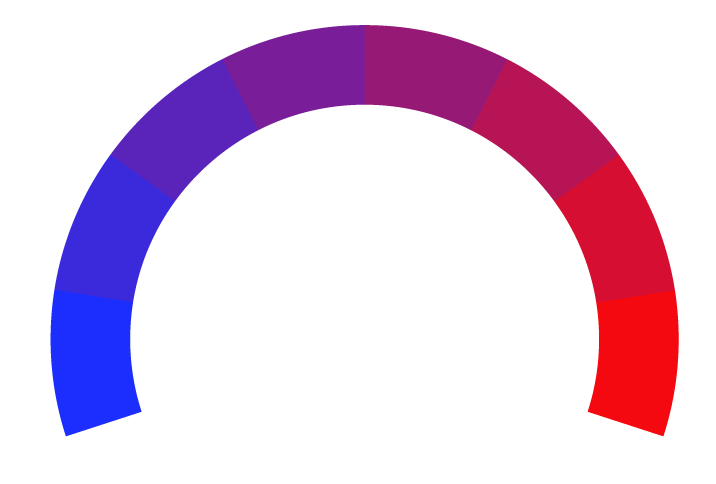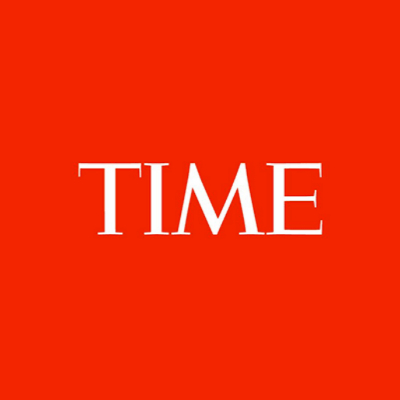How the End of Affirmative Action Could Affect the College Admissions Process
- Bias Rating
-4% Center
- Reliability
80% ReliableGood
- Policy Leaning
-10% Center
- Politician Portrayal
38% Negative
Extremely
Liberal
Very
Liberal
Moderately
Liberal
Somewhat Liberal
Center
Somewhat Conservative
Moderately
Conservative
Very
Conservative
Extremely
Conservative
-100%
Liberal
100%
Conservative

Continue For Free
Create your free account to see the in-depth bias analytics and more.
Continue
Continue
By creating an account, you agree to our Terms and Privacy Policy, and subscribe to email updates. Already a member: Log inBias Score Analysis
The A.I. bias rating includes policy and politician portrayal leanings based on the author’s tone found in the article using machine learning. Bias scores are on a scale of -100% to 100% with higher negative scores being more liberal and higher positive scores being more conservative, and 0% being neutral.
Sentiments
N/A
- Liberal
- Conservative
| Sentence | Sentiment | Bias |
|---|---|---|
| "I would hope that the schools predicted the outcome of today's decision and have already been preparing for this possibility, Victor Goode, a law professor at the City University of New York who's practiced in the area of affirmative action, says." | Positive | 20% Conservative |
| "Affirmative action was never a requirement of any law, which is why it was so easy to strike down, Tillery says." | Positive | 14% Conservative |
| "Affirmative action policies for higher learning institutions emerged in the 1960s as a popular method to combat racial inequality." | Positive | 12% Conservative |
Upgrade your account to obtain complete site access and more analytics below. | ||
Reliability Score Analysis
Policy Leaning Analysis
Politician Portrayal Analysis
Bias Meter
Extremely
Liberal
Very
Liberal
Moderately
Liberal
Somewhat Liberal
Center
Somewhat Conservative
Moderately
Conservative
Very
Conservative
Extremely
Conservative
-100%
Liberal
100%
Conservative

Contributing sentiments towards policy:
60% : "I would hope that the schools predicted the outcome of today's decision and have already been preparing for this possibility," Victor Goode, a law professor at the City University of New York who's practiced in the area of affirmative action, says.57% : "Affirmative action was never a requirement of any law, which is why it was so easy to strike down," Tillery says.
56% :Affirmative action policies for higher learning institutions emerged in the 1960s as a popular method to combat racial inequality.
56% : The average gap between Black and white student graduation rates at the top dozen public universities without affirmative action was 10.1% in 2020, the University of California Los Angeles found.
56% : By contrast, the gap was 6% at the top dozen public universities that used affirmative action.
53% :Some experts argue that other diversity initiatives don't work as well as affirmative action, however.
49% : Supporters of affirmative action protest near the U.S. Supreme Court Building on Capitol Hill in Washington, DC.
48% : "Many people wrongly believe affirmative action allows unqualified students to be admitted before qualified students," Biden told reporters on Thursday.
46% : Socioeconomic inequality, systemic racism, and inequity in K-12 education have contributed to BIPOC exclusion and underrepresentation in colleges and universities, research shows, and affirmative action has contributed to the rise in minority students enrollment, experts say.
43% : Experts fear that progress may be at-risk with affirmative action gutted.
41% : The University of California system eliminated affirmative action in 1995.
39% : "It's not part of Title VII, it was never viewed as any kind of anti-discrimination work.
*Our bias meter rating uses data science including sentiment analysis, machine learning and our proprietary algorithm for determining biases in news articles. Bias scores are on a scale of -100% to 100% with higher negative scores being more liberal and higher positive scores being more conservative, and 0% being neutral. The rating is an independent analysis and is not affiliated nor sponsored by the news source or any other organization.



























 TIME Article Rating
TIME Article Rating